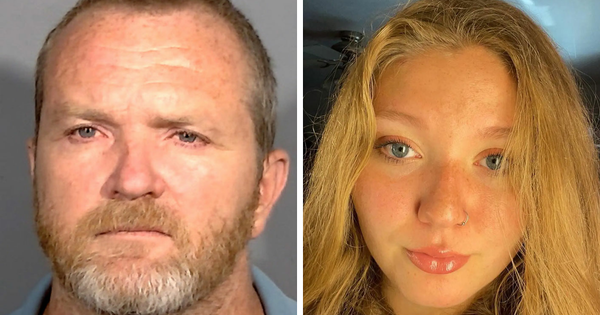The value of proactive judicial intervention cannot be understated. After the Supreme Court called for “corrective measures” against the peddling of communal hate from supposedly religious platforms, the authorities in Uttarakhand have prevented the holding of a ‘dharam sansad’ in Roorkee by imposing prohibitory orders against such gatherings. At a time when communally motivated gatherings are becoming conspicuous in their frequency and vociferous in their fulminations against minorities, one would have expected the police to be more sensitive to the situation and prevent hate speeches. Counsel for Himachal Pradesh has said preventive steps were taken when one such gathering took place a few days ago, and that the participants were warned against any incitement, but those who have approached the Court against the trend of hate speeches at such meets, accuse the local authorities of inaction. It was one such religious conclave in Haridwar in December that witnessed extraordinarily inflammatory speeches being made against Muslims, some of them having a shockingly genocidal tenor. After dithering, the Uttarakhand police had then arrested Yati Narsinghanand, a controversial priest and Hindutva leader, who was among those who had allegedly called for armed violence against minorities. Even after obtaining bail, under a condition that he would not make any provocative speeches, he had participated in a similar event in Delhi. Instances of controversial religious figures making unacceptable comments at different places and occasions have emerged as a disturbing pattern, one that the Court may have to arrest by stern action.
One way of looking at this phenomenon is to dismiss it as not being representative of the silent majority and as the activity of a few fringe elements. However, it cannot be gainsaid that the provocateurs are seeking to foster a collective fear among the majority that their interests are not being protected by an allegedly minority-friendly Constitution, and feeding off the same fear to spread their message of hate. The possible damage to the social fabric is incalculable, as the language of hatred may seep into the public consciousness as an acceptable thought process. The result may be an atmosphere in which communal harmony and public tranquillity will be at perennial risk. It is in this backdrop that modern democracies make a clear distinction between freedom of expression and speech that tends to incite hatred against a public group or section of society. The Supreme Court has recognised the potential for a wider societal impact beyond the distress caused to individual members of the targeted group. In cases relating to lynching and ‘khap panchayats’, the Court laid down guidelines on preventive, remedial and punitive measures. While these are to be followed without exceptions, there is also a need for considering new criminal and penal provisions to combat hate speech.







